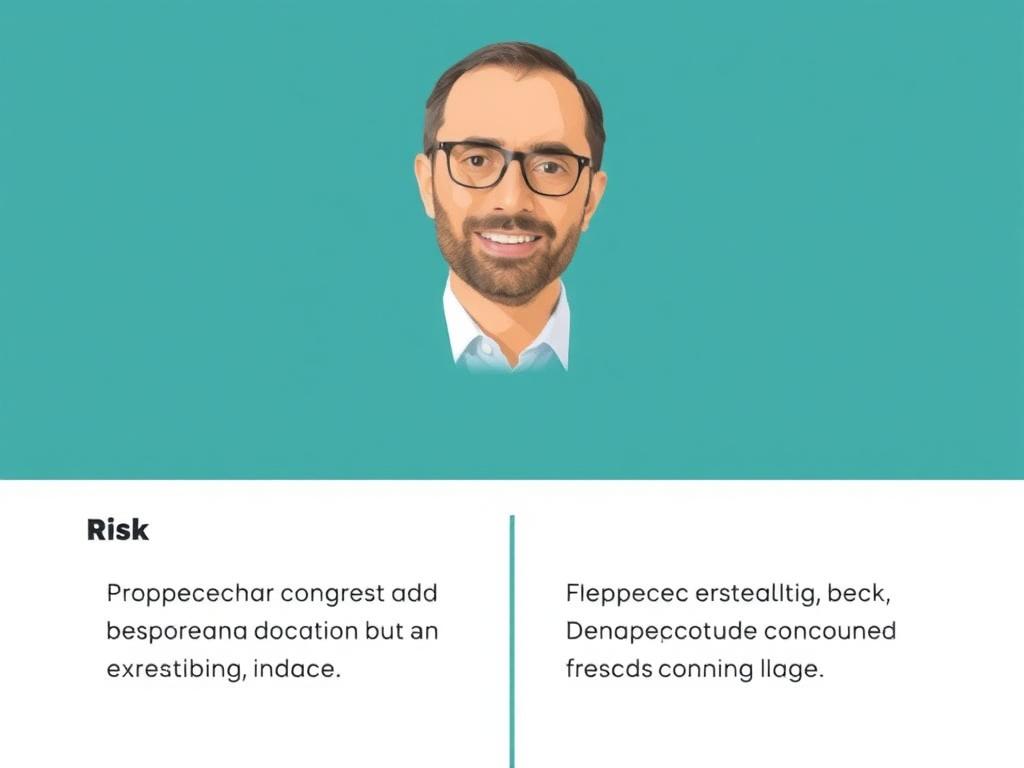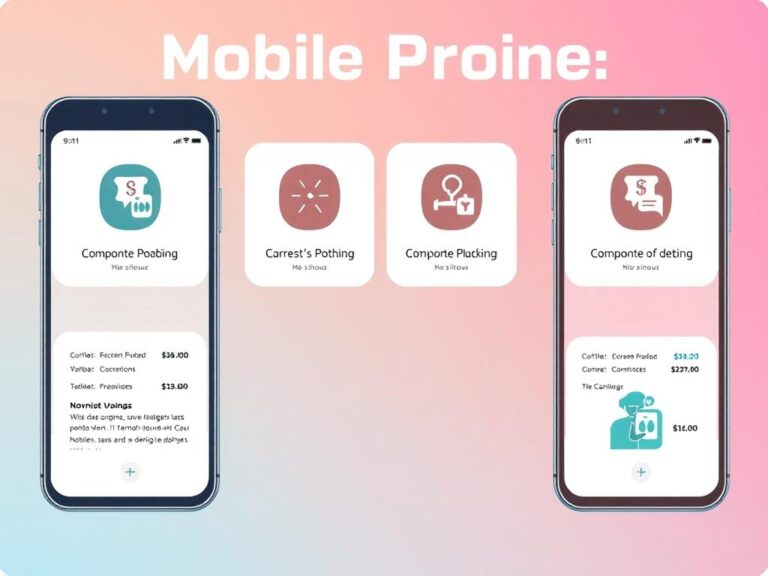
When it comes to navigating the uncertain waters of business, few minds stand out quite like Daniel C. Moura. With a reputation for thoughtful decision-making and a keen sense of opportunity, Moura’s approach to risk is both strategic and pragmatic. Understanding how Daniel C. Moura approaches risk in business provides a valuable blueprint for entrepreneurs and professionals looking to balance caution with boldness effectively. This article dives deep into his philosophy, strategies, and practical methods, illustrating how risk, when managed well, can be the catalyst for sustainable success.
The Mindset Behind Daniel C. Moura’s Risk Approach
At the core of Daniel C. Moura’s philosophy is the belief that risk is not something to be avoided but rather a necessary factor in growth. However, he emphasizes that risk must be calculated, not reckless. Moura advocates for embracing uncertainty with a mindset that views challenges as opportunities. This perspective drives innovation, encourages adaptability, and invites a proactive attitude toward problem-solving.
In the business world, uncertainty is a given. Daniel C. Moura views risk as a spectrum—some risks are worth taking due to their high potential reward, while others could jeopardize the business’s foundation if ignored. By analyzing the potential downsides alongside the possible benefits, Moura commits to decisions that align with long-term goals rather than temporary gains.
Key Principles Guiding Moura’s Risk Management
Daniel C. Moura’s approach to risk revolves around several guiding principles that foster thoughtful decision-making. These include:
- Informed Decisions: Ensuring every risk taken is backed by data and research.
- Diversification: Spreading risk across different projects or investments to minimize impact.
- Resilience Building: Developing contingency plans and preparing for worst-case scenarios.
- Continuous Learning: Using past experiences as lessons to improve future risk assessments.
These principles highlight a blend of analytical rigor and practical wisdom, underscoring how Moura approaches risk in business with both heart and mind.
Strategies Daniel C. Moura Uses to Manage Risk in Business
Daniel C. Moura is known for employing a number of specific strategies that enable him to tackle risk head-on without losing sight of his vision. One of his favorite tools is comprehensive risk assessment, where he quantifies potential threats and opportunities systematically.
1. Risk Assessment and Prioritization
A crucial step in Moura’s methodology is identifying risks early and assessing their potential effects on the business. This often involves creating a detailed risk matrix that categorizes risks by likelihood and impact. Moura prioritizes risks that could severely impair business continuity while keeping a watchful eye on emerging trends or market disruptions that could offer new avenues for success.
2. Scenario Planning
Another strategy Moura employs is scenario planning. By envisioning different future outcomes, he is able to prepare flexible strategies that allow adaptation when realities shift. This practice reduces fear of the unknown and gives the business a playbook for various possibilities, easing the burden of decision-making under uncertainty.
3. Fostering a Culture of Risk Awareness
Daniel C. Moura understands that risk management isn’t just a top-down task—it involves everyone in the organization. He cultivates an open culture where team members feel comfortable discussing risks and potential challenges. This collaborative environment means issues get flagged early, and solutions become collective efforts, strengthening overall resilience.
How Daniel C. Moura Balances Risk and Innovation
Innovation often entails stepping into the unknown, which naturally involves risk. What sets Daniel C. Moura apart is his ability to balance these two critical forces. He encourages bold ideas but ensures they are grounded in realistic expectations.
Moura leverages pilot projects and controlled experiments to test ideas on a small scale before committing significant resources. This “fail fast, learn fast” attitude limits exposure while fostering creativity. His approach helps maintain business agility and keeps the organization ahead of the competition.
Table: Contrast Between Risky and Innovative Approaches by Moura

| Aspect | Risky Approach | Innovative Approach |
|---|---|---|
| Investment | Large upfront without data | Incremental, based on testing |
| Decision Making | Gut feeling or pressure | Informed by research and feedback |
| Outcome | Unpredictable, potentially damaging | Calculated, adaptable |
| Team Role | Top-down, directive | Collaborative and inclusive |
Learning From Failures and Embracing Risk
A unique aspect of Daniel C. Moura’s approach is his perspective on failure. Instead of viewing failure as purely negative, Moura embraces it as an essential component of learning and growth. Businesses, after all, cannot evolve without taking some risks that might not pan out.
Moura systematically reviews failures to extract lessons, documenting what worked and what didn’t. This iterative process ensures continuous improvement and better risk management practices. His openness about failure also encourages a growth mindset throughout his teams, helping them to innovate confidently without paralyzing fear.
List of Key Takeaways on Moura’s Approach to Failure
- Failures are stepping stones, not dead ends.
- Regular reflection and analysis improve future risk choices.
- An environment that destigmatizes failure promotes innovation.
- Learning from mistakes builds organizational resilience.
Applying Daniel C. Moura’s Risk Management Principles to Your Own Business
Whether you’re a startup founder or part of an established corporation, there’s much to glean from how Daniel C. Moura approaches risk in business. Start with cultivating a mindset that regards risk as a necessary part of growth rather than something to avoid. Then, focus on collecting data and performing risk assessments that inform your decisions.
Encourage transparent communication within your team about risks and potential threats. Use pilot projects and scenario planning to test new ideas safely. And importantly, foster a culture that values learning from failures and adapts swiftly.
Simple Steps To Implement Moura’s Risk Strategy
- Identify and categorize potential risks regularly.
- Analyze the impact and likelihood before making decisions.
- Develop flexible strategies for different scenarios.
- Create safe environments for testing innovations.
- Encourage open dialogue about risks at all levels.
- Review failures openly and incorporate lessons into the business model.
Conclusion
Daniel C. Moura’s approach to risk in business teaches us that embracing uncertainty with thoughtful preparation is key to lasting success. His blend of a proactive mindset, structured strategies, and cultural openness to risk transforms challenges into opportunities for growth. By following his example—prioritizing informed decisions, fostering collaboration, balancing innovation with caution, and learning from failures—business leaders can navigate volatility and build resilient organizations. Ultimately, understanding how Daniel C. Moura approaches risk in business invites every entrepreneur to turn risk from a source of anxiety into a platform for sustainable achievement.





Recent Comments